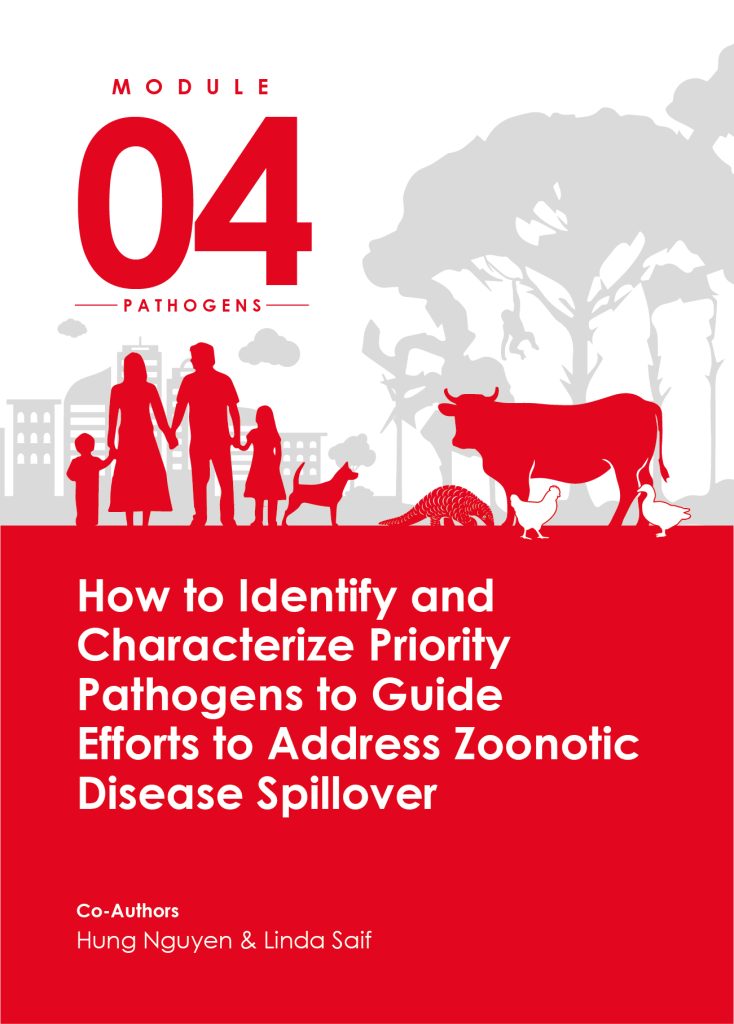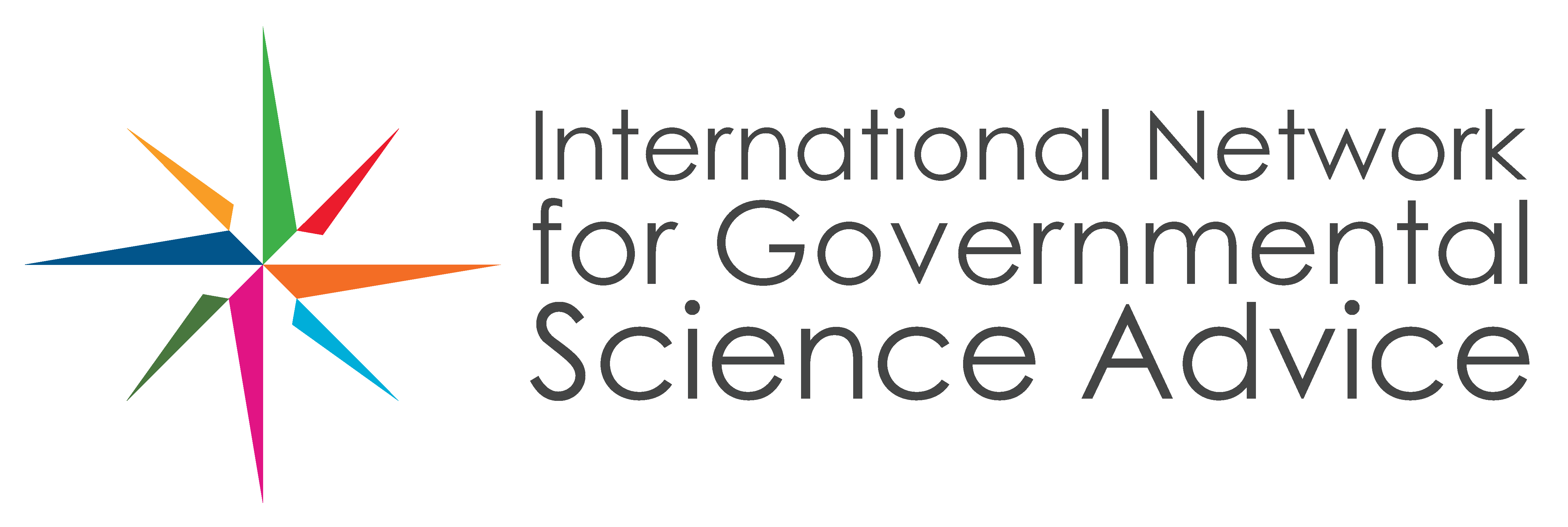

Conclusions
- To improve promote biosafety and biosecurity various agencies (ASEAN, CDC, WHO, etc) have described criteria, tools and approaches to prioritize the high-impact zoonotic pathogens specific to each country in the region .
- Certain animal species can be used to monitor for zoonotic pathogen spillover at the human-animal-environmental interface based on their susceptibility to the priority pathogens and the associated risk assessments (discussed in module 5).
- Preparation for pandemics of unknown emerging zoonotic diseases (WHO disease X) can use agnostic detection methods (NGS, etc) as well as development or sourcing of broadly reactive pan-virus family vaccines and antiviral therapeutics.
How to Identify and Characterize Priority Pathogens
The emergence and re-emergence of zoonotic diseases has been accelerating in the past 25 years. A majority of the agents responsible are RNA viruses from wildlife reservoirs spilling over directly or through intermediate animal hosts. The highlights of this module is the review and development of guidelines and important tools to identify and prioritize zoonotic pathogens in the region, especially those with pandemic potential, and their animal reservoirs, and the populations at highest risk. It presents case examples of potential new coronaviruses (CoV) that could emerge as WHO’s ”Disease X“, guidelines for biosafety and biosecurity measures, information related to high-impact zoonotic pathogens and a discussion of possible target animals to monitor for CoV zoonoses based on historic and case examples of spillback and secondary spillover of SARS-CoV-2.
Contents
- Background, introduction and historical context for emergence and re-emergence of zoonotic pathogens
- Prioritization of high impact zoonotic pathogens
with pandemic potential - Common characteristics of pathogens with pandemic potential
- WHO “Disease X” and Pandemic Preparedness
- Host reservoirs and intermediate hosts for emerging/re-emerging human and porcine coronaviruses
- Spillovers, spillbacks and secondary spillovers of SARS-CoV-2: analytical and in vitro predictors
- Case examples of spillback and secondary spillover of SARS-CoV-2
- Case examples of targeted animal reservoirs and intermediate or bridging host species to monitor for surveillance of zoonotic coronaviruses.
- Host reservoirs, spillover and spillback for Influenza A virus
- Surveillance
- Laboratory Biosafety Infrastructure and capacity
- National Biosafety Guidelines and Regulations
Project Management
The project, Countering Zoonotic Spillover of High Consequence Pathogens (HCP), is conducted in collaboration with the US National Academies of Sciences, Engineering, and Medicine (NASEM).
The project is locally managed by Project Officer, Hazel Yean Ru Ann, who is co-located with the INGSA-Asia office at Sunway University, Malaysia.
If you or your organisation are involved with the live animal supply chain in Asia, or have expertise in zoonosis, we encourage you to get in touch with the Project Officer and help us to operationalise and disseminate best practice in the field.

